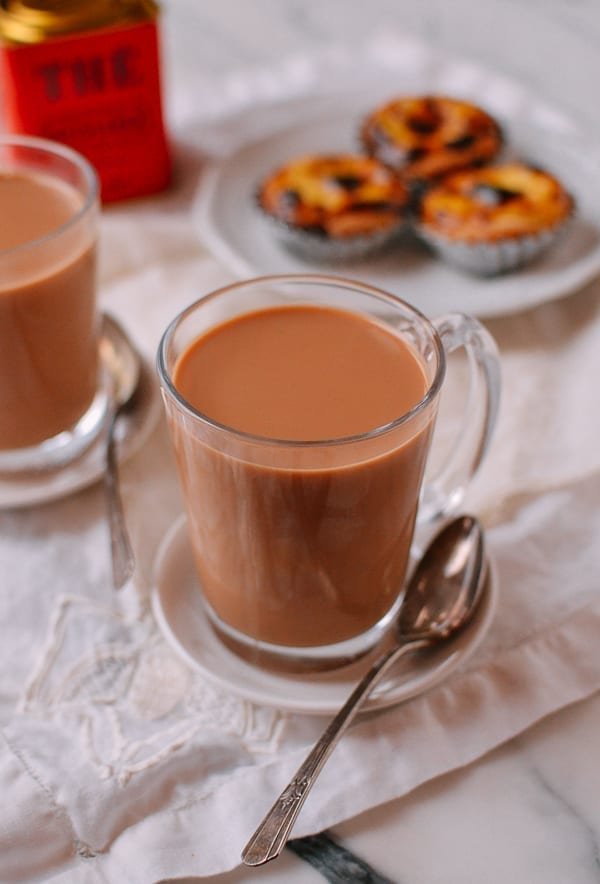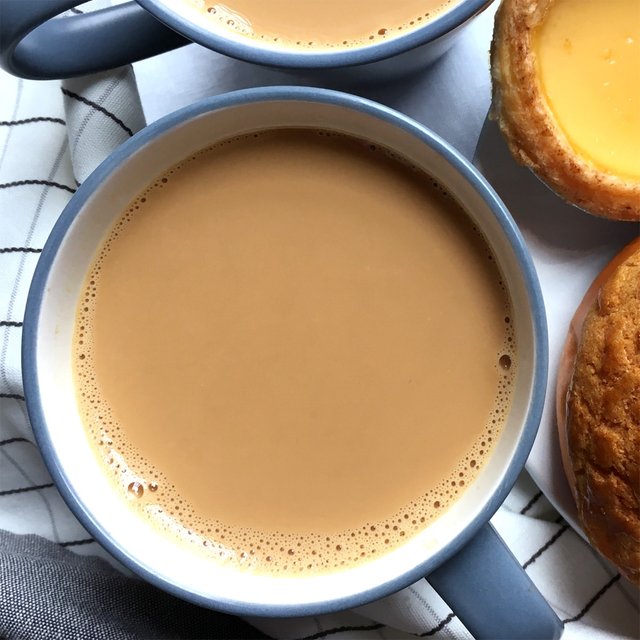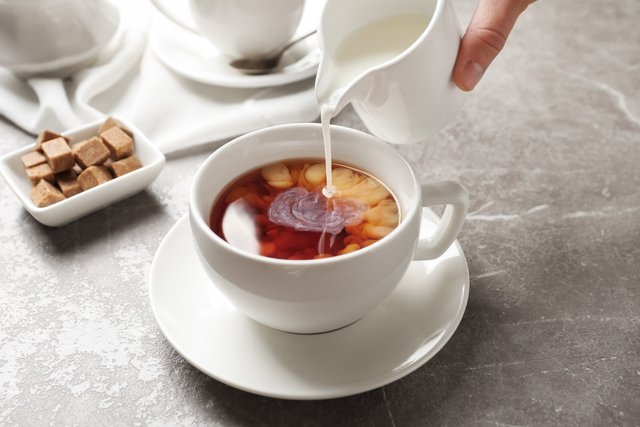The history of milk tea, a popular beverage enjoyed worldwide, is rich and varied, with roots tracing back to several cultures. The combination of tea and milk has evolved differently across regions, leading to a diverse array of milk tea traditions.
Origins in Asia:
Milk tea likely originated in Asia, particularly in regions where both tea and dairy were widely consumed. In China, tea has been a central part of culture for thousands of years, and the addition of milk became more common during the Qing Dynasty (1644-1912). The practice was likely influenced by the Mongolian and Tibetan traditions of adding milk, butter, or yak milk to tea. Tibetan butter tea, made with tea, yak butter, and salt, is one of the oldest examples of a milk tea beverage.
In India, milk tea is most famously represented by Masala Chai, a spiced tea with milk and sugar. The British colonization of India in the 19th century led to the popularization of tea drinking among Indians, who adapted the British practice of adding milk to tea, incorporating their own spices to create the iconic chai.
British Influence:
Milk tea gained significant popularity in Britain during the 17th century when tea was first introduced to Europe from China. The British practice of adding milk to tea was likely adopted to temper the bitterness of the black teas popular at the time and to cool the beverage down. This tradition became so ingrained that by the 19th century, milk tea had become a symbol of British culture, particularly in the form of "afternoon tea," a social ritual involving tea served with milk, sugar, and snacks.
Modern Variations:
In the 20th century, milk tea saw a resurgence in popularity across various cultures, leading to unique interpretations. For example, Hong Kong-style milk tea, also known as "pantyhose" or "silk-stocking" tea, became a staple of Hong Kong’s cha chaan teng (tea restaurants). This version is made with a strong black tea blend and evaporated or condensed milk, giving it a creamy, rich texture.
Another popular variant is bubble tea, which originated in Taiwan in the 1980s. This version combines tea, milk, sugar, and tapioca pearls (or other toppings), and is often served cold. Bubble tea's innovative and playful nature has led to its global popularity, especially among younger generations.
Conclusion:
The history of milk tea is a testament to cultural exchange and adaptation, with each region adding its unique twist to the basic concept of combining tea with milk. Today, milk tea continues to evolve, embracing new ingredients and preparation methods while maintaining its status as a beloved beverage around the world.



